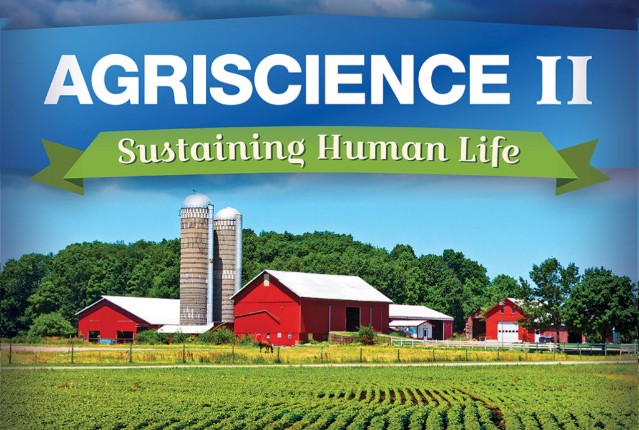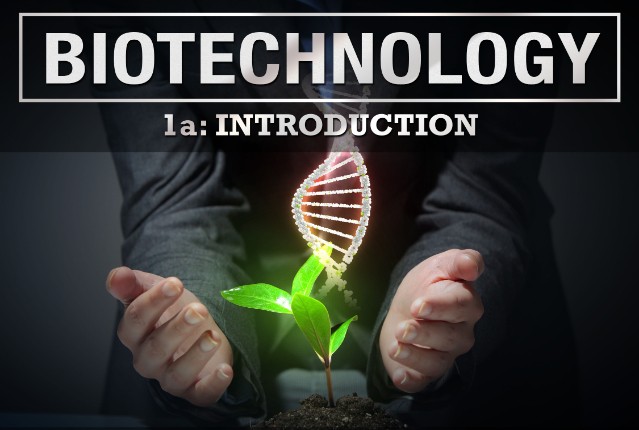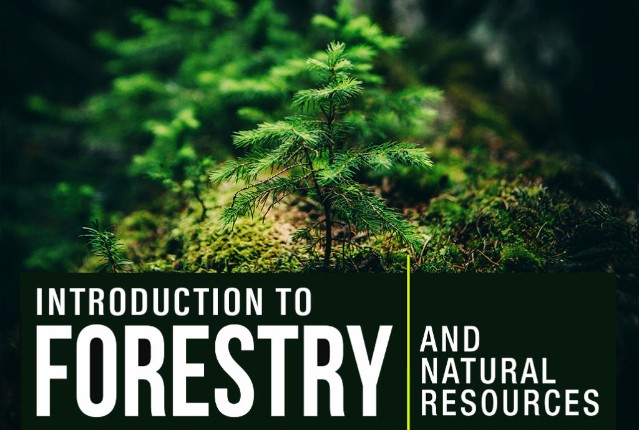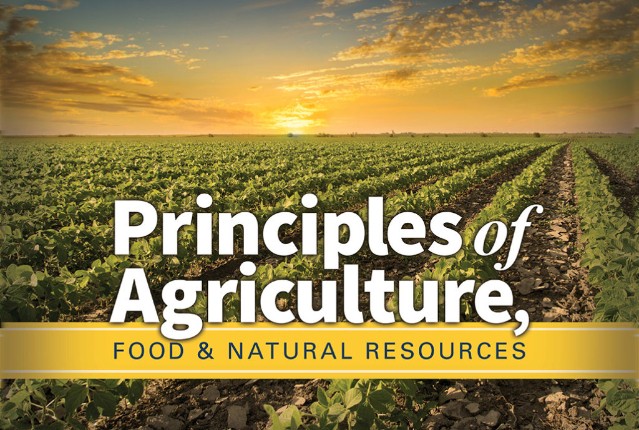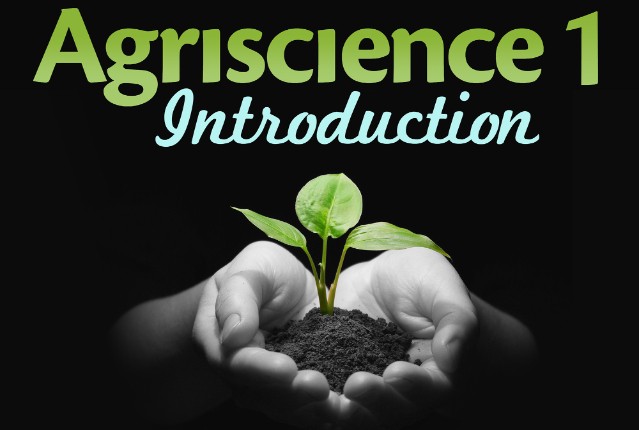
Agriscience I: Introduction
The word “agriculture” often evokes images of farms, fields, and livestock, and while all of these representations are correct and essential, the field of Agriculture is so much more! In Agriscience I: Introduction, you’ll explore how agriscientists play key roles in improving agriculture, food production, and the conservation of natural resources along with the technologies used to keep the field thriving. Are you ready to explore the diverse careers in agriscience and how you can prepare to positively impact the planet? Let’s get growing!
Review course outlineAccess for a year
USD 299.00*
* Choose more courses to get a discount
